-
Superheroes In Storytelling: Various Notes
Love it or loathe it, the superhero is an ambivalent archetype in storytelling, useful to either bolster the conservative status quo, or subvert it.
-
The Wind In The Willows by Kenneth Grahame Analysis
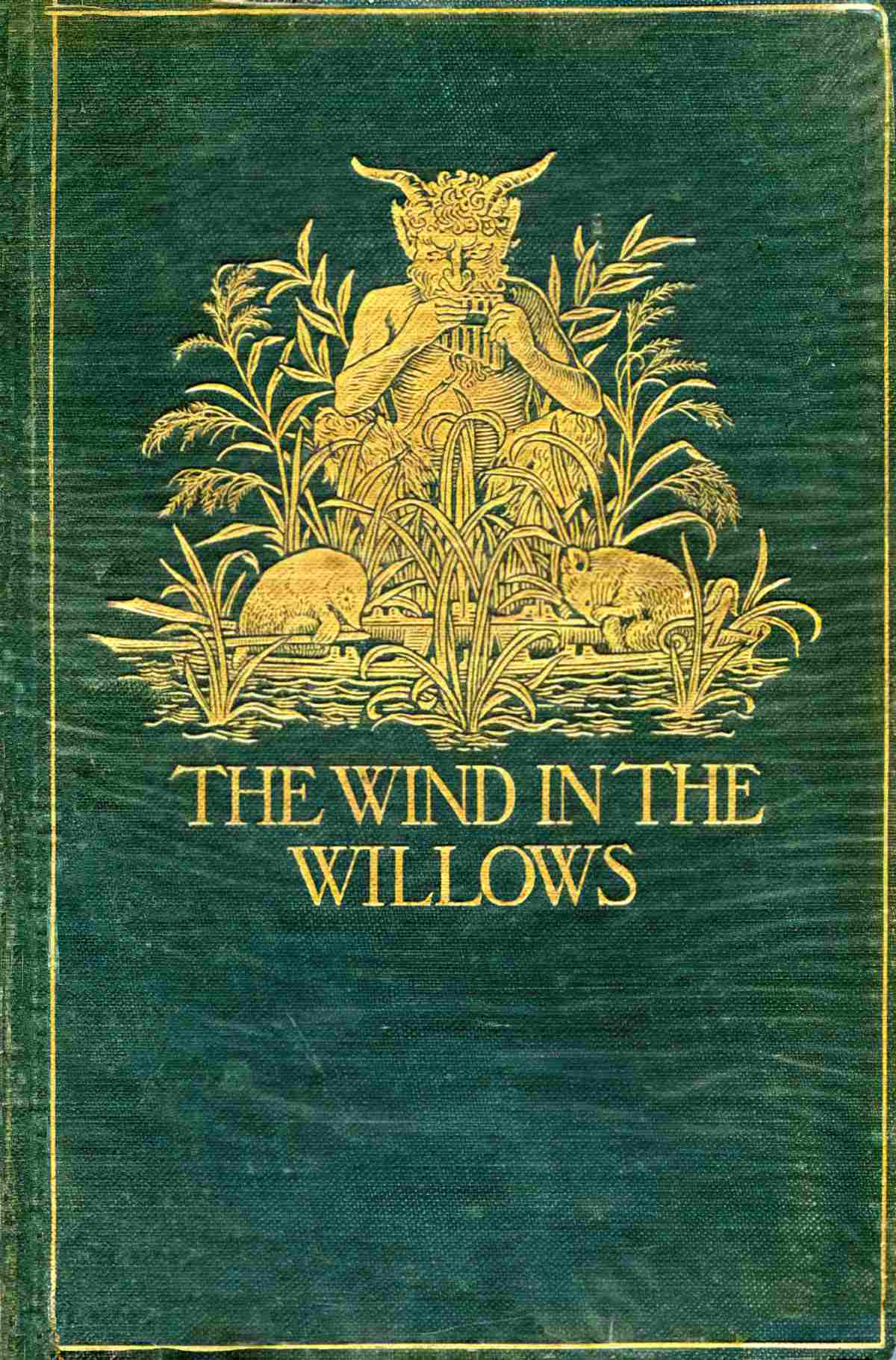
A man in the shape of a Mole’s body feels a yearning which can only be fulfilled by entering the most transgressive parts of his own psychology, externally represented by the Wild Wood. On his journey, he meets other men, each driven by their own secret (and not so secret) passions.
-
A Glossary of The Underworld
Since we’re all going to hell (by someone’s rules), here is a glossary of terms you may need before you get there. I’d provide a map, but that is coming. ACHERON One of the Five Rivers of the Realm of Hades, according to Ancient Greeks. This is an actual river located in northwest Greece. The […]
-
The Art Of Nightmares
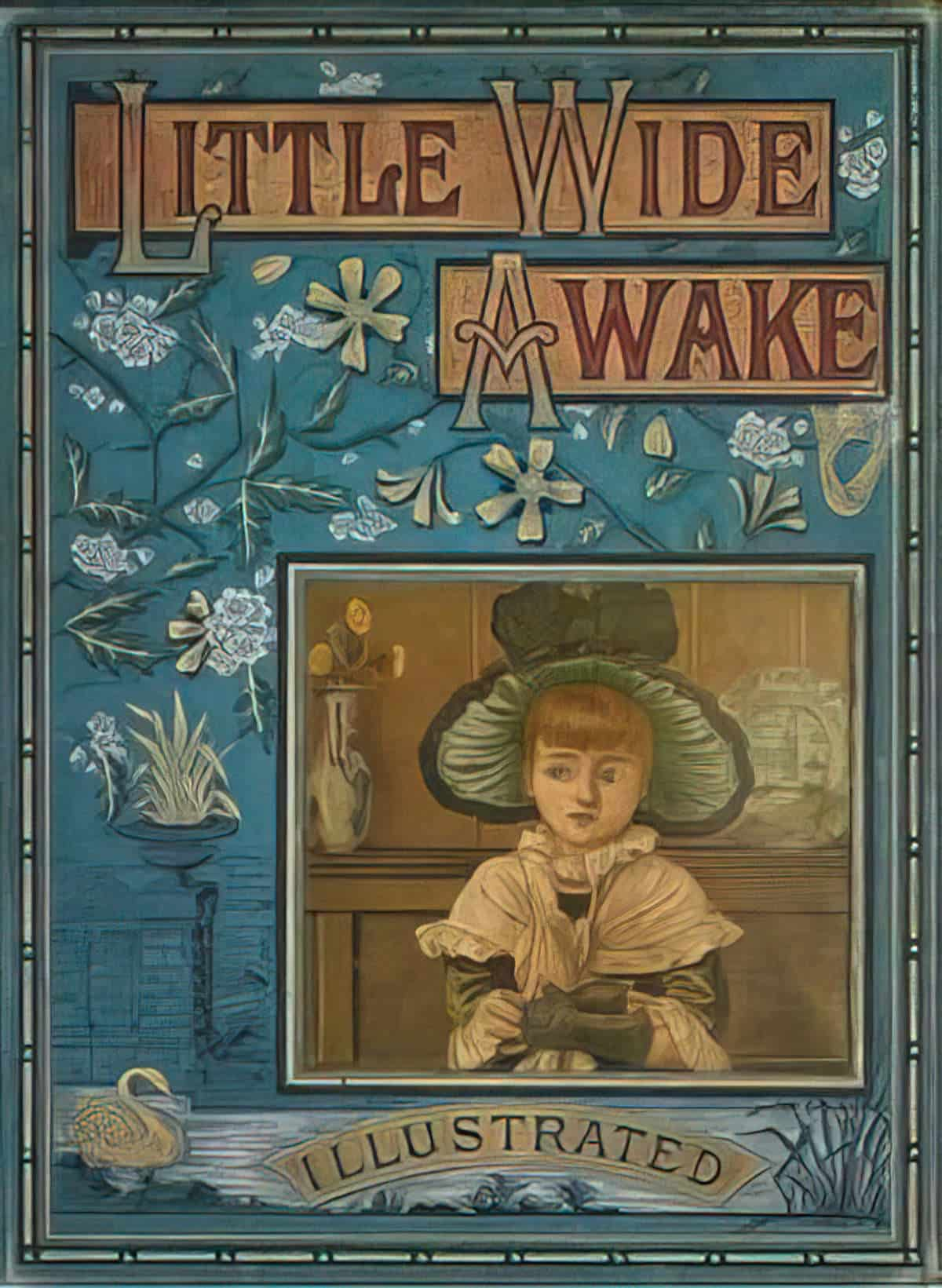
Some dreams, some poems, some musical phrases, some pictures, wake feelings such as one never had before, new in colour and form—spiritual sensations, as it were, hitherto unproved… Lilith | George MacDonald How does an artist offer the viewer a sense of nightmare? Desaturation Over all, 12 percent of people dream entirely in black and white. … In […]
-
The Treatment of Curiosity Across Storytelling
Are we supposed to be curious, or aren’t we? From reading stories, I just can’t make up my mind.
-
Death Symbolism in Art and Literature
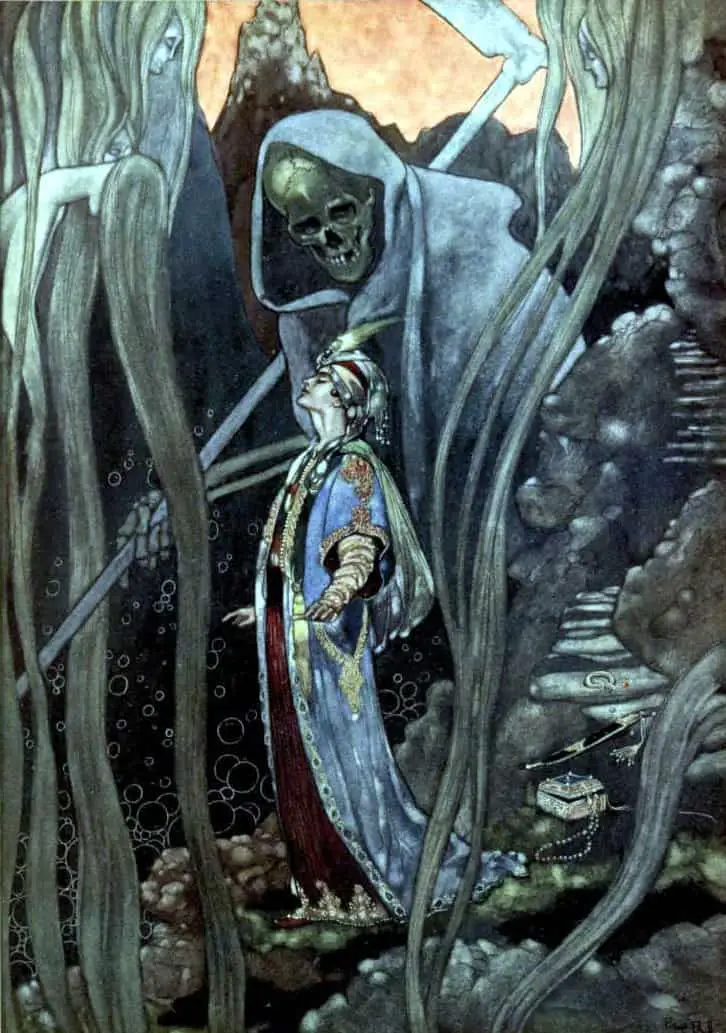
For Death must be somewhere in a society; if it is no longer (or less intensely) in religion, it must be elsewhere; perhaps in this image which produces Death while trying to preserve life. Contemporary with the withdrawal of rites, Photography may correspond to the intrusion, in our modern society, of an asymbolic Death, outside […]
-
Why Does Spirited Away Feel So Weird To Westerners?
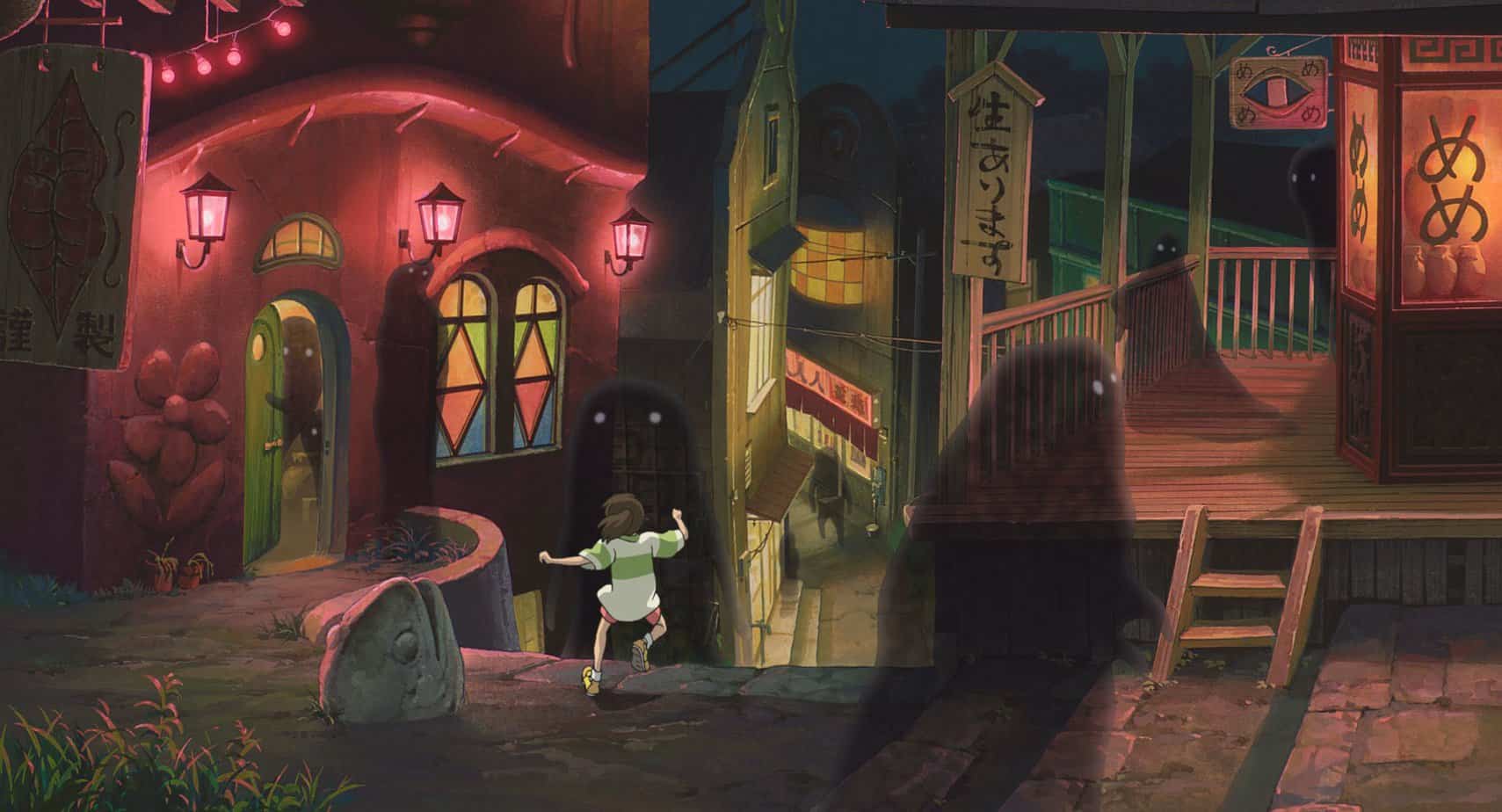
Spirited Away draws from sources as diverse as: When Spirited Away was released back in 2001 I was teaching Japanese and English literature in a New Zealand high school. Bridging both subjects, I’ve shown the DVD of Spirited Away to a large number of students. It’s an annoying 2h 5m — ideally teachers want a […]
-
Tunnel and Cave Symbolism
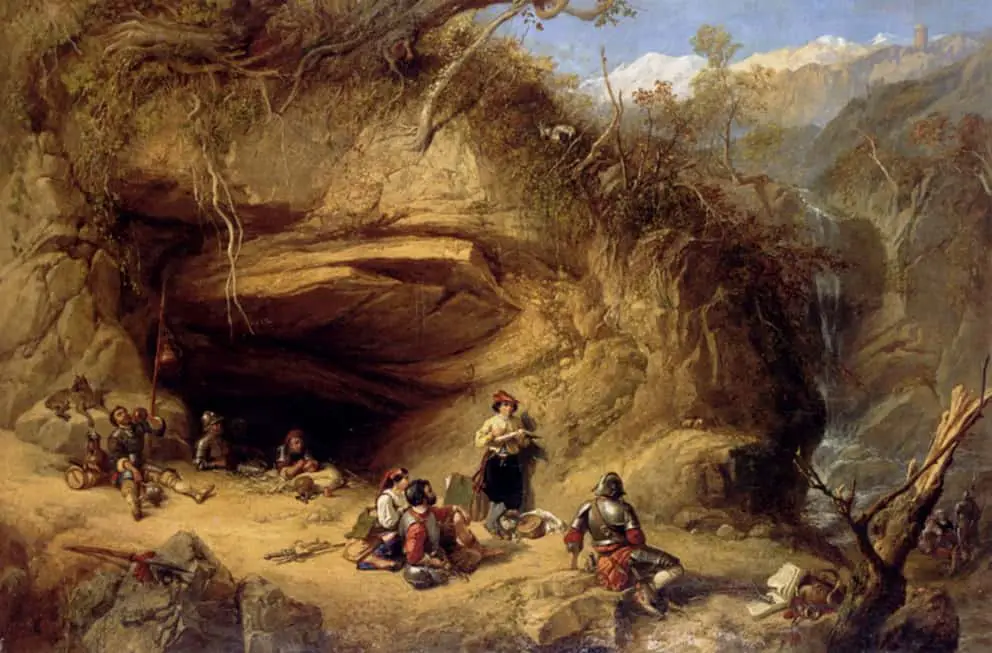
In symbolism, there is often a manmade and naturally occurring equivalent. The tunnel is the manmade version of a cave, the sewer a sea (littoral) cave.
-
Symbolism of Containers
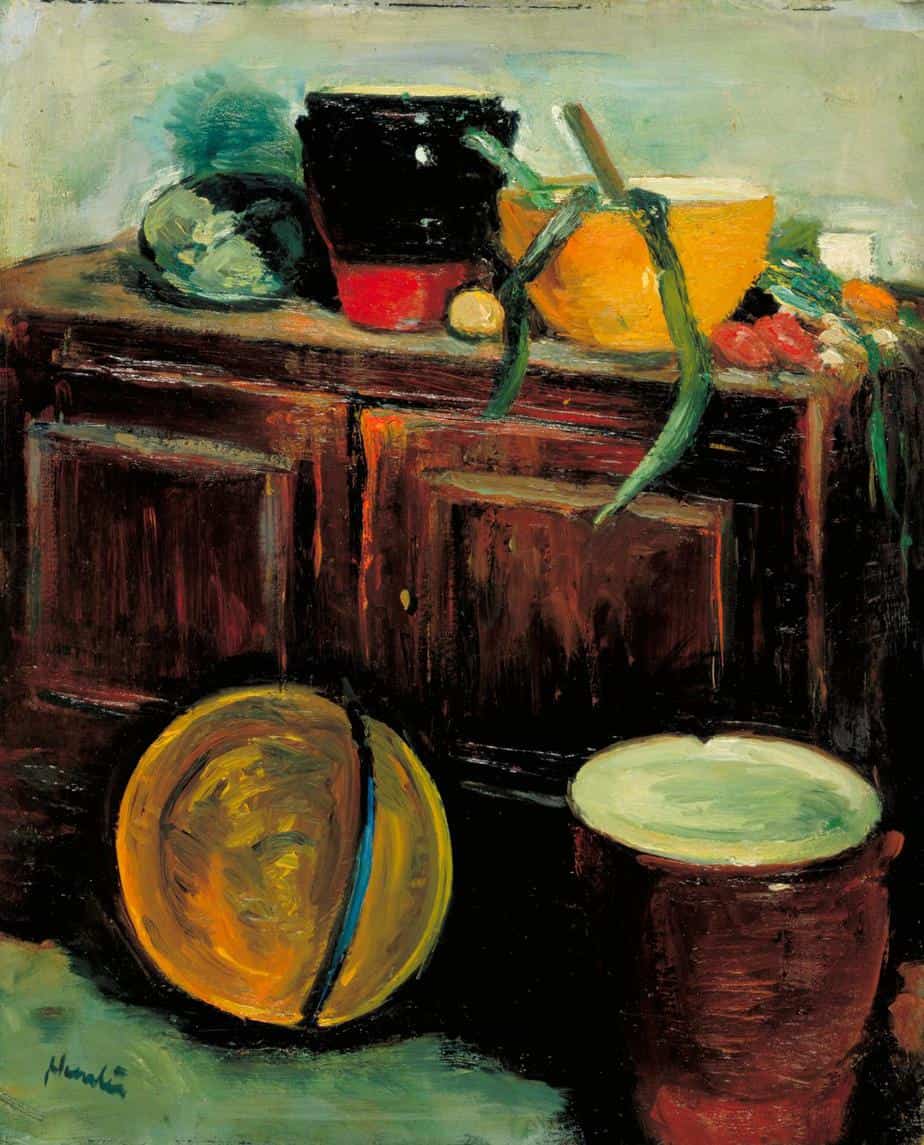
Vessels or containers are as important for the space they contain as well as for any material they hold. Containers tend to be associated with women. As motifs running throughout a story they can also symbolise physical or emotional containment, either self-driven or imposed upon a character from outside. When Did Humans First Use Containers? […]
-
Up At A Villa by Helen Simpson Short Story Analysis
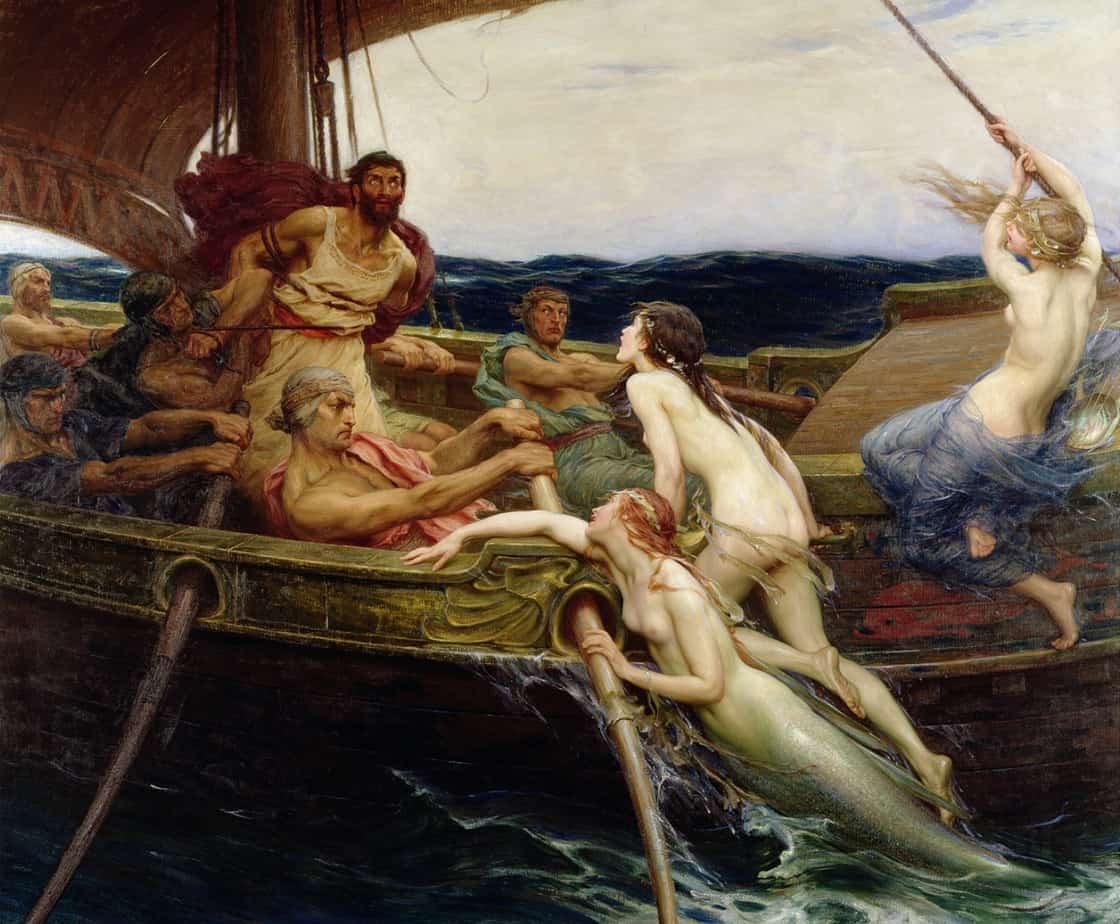
“Up At A Villa” is a short story by Helen Simpson, opening her 2011 collection In-flight Entertainment. This is a lyrical short story full of symbolism. Cover copy tells us to expect work a la Alice Munro. Of all the stories here, the images in “Up At A Villa” are most reminiscent of Munro — […]
-
The Lion, The Witch and the Wardrobe Storytelling
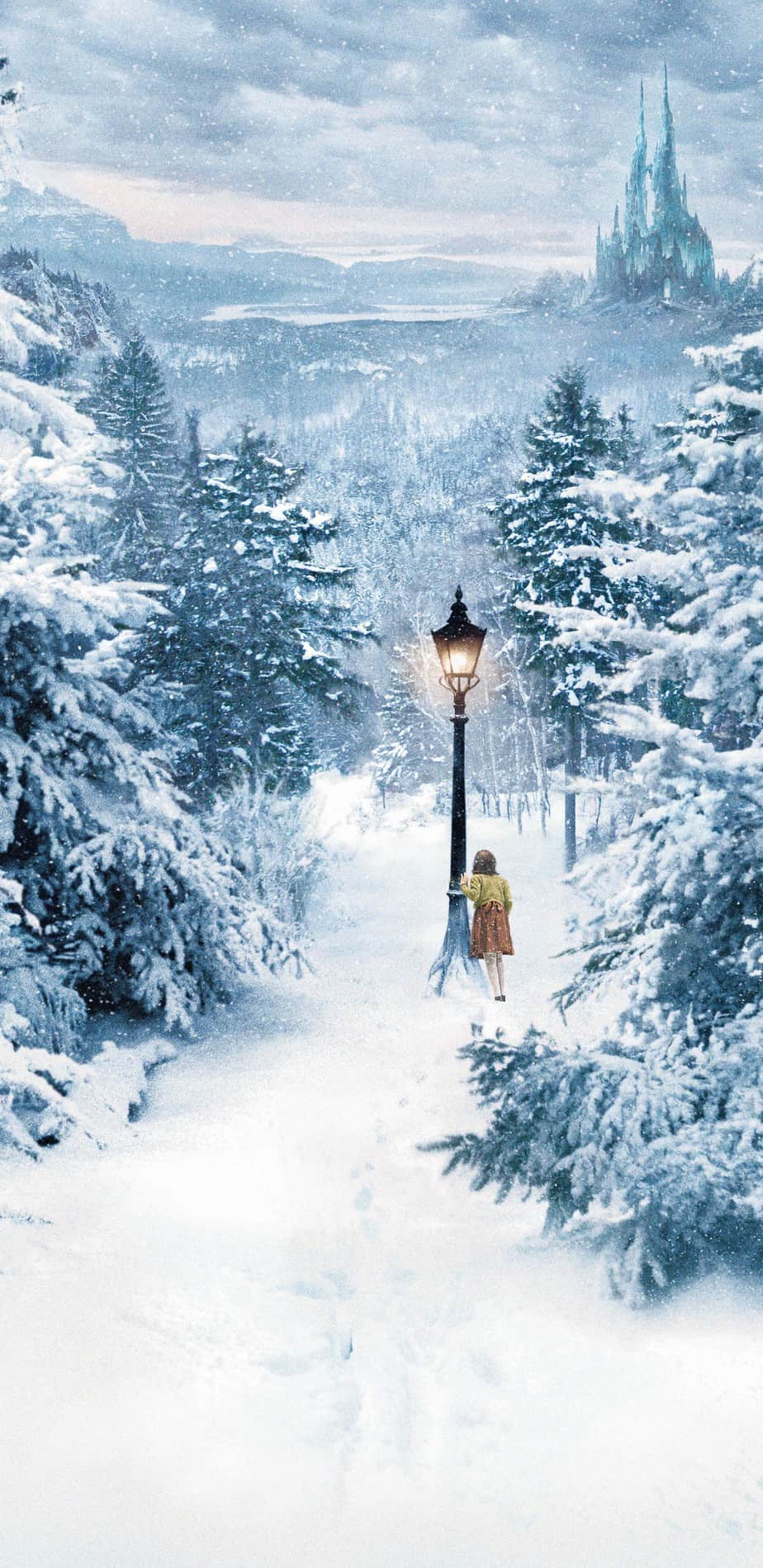
So much has been said about Narnia already. Can I add a single thing to the corpus by blogging about storytelling techniques in The Lion, The Witch and the Wardrobe? Probably not, but my 10-year-old is studying this novel at school. She’s home sick today. I know the rest of her class is watching the […]
-
The Happy Hypocrite by Max Beerbohm Analysis
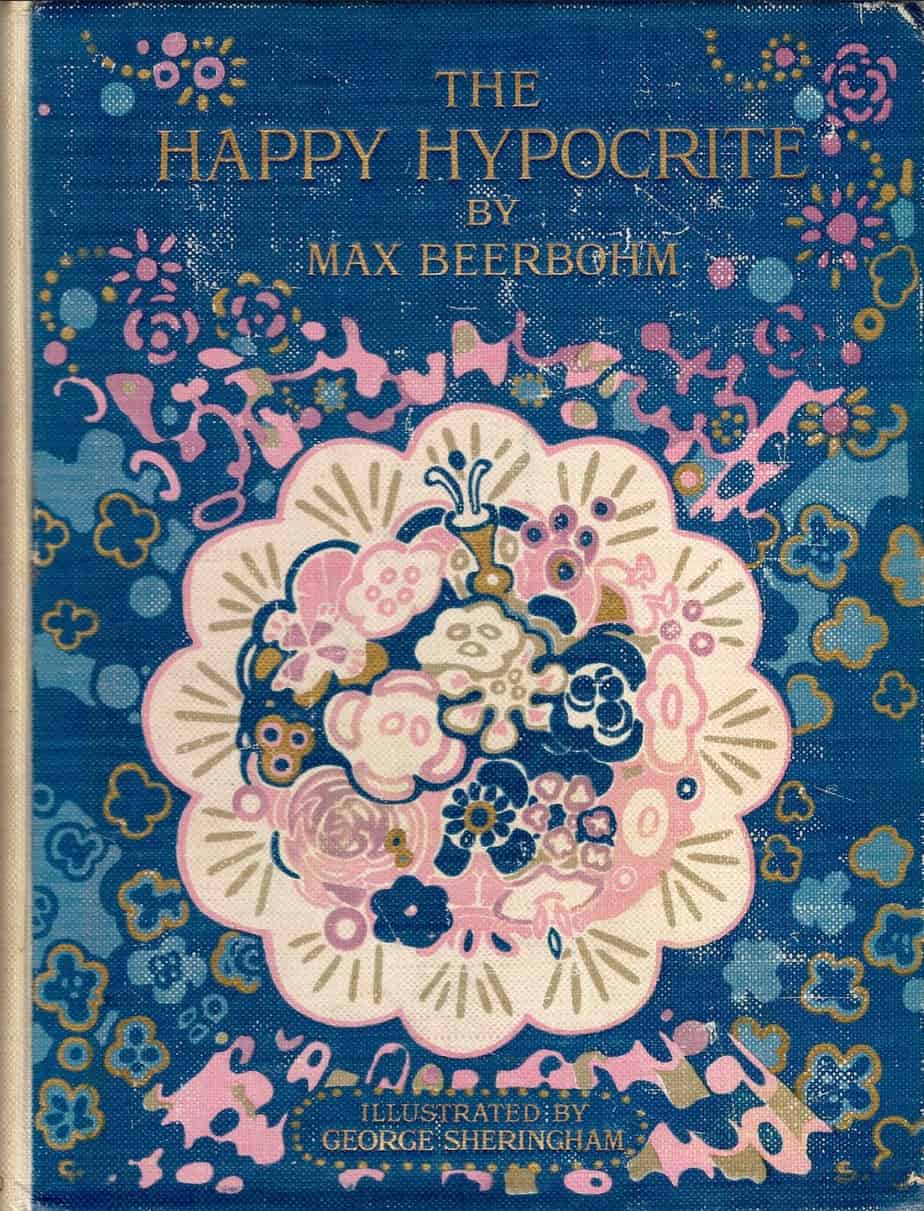
“The Happy Hypocrite” is a short story by Max Beerbohm first published 1897. Basically, in this misogynistic tale, a man who won’t take no for an answer pursues a much younger girl anyway. Her goodness improves his countenance for real, and he is rewarded by owning her forever after. Lest you think “The Happy Hypocrite” […]
-
Pygmalion In Modern Stories And Literature
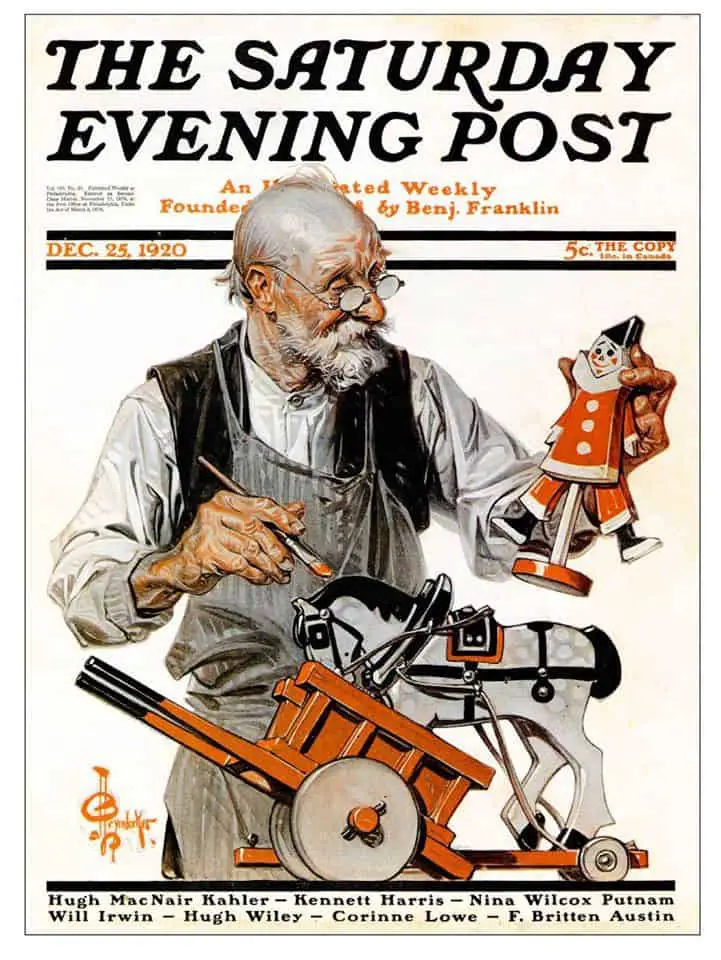
Pygmalion was a sculptor who falls in love with an ivory statue he had carved. The most famous story about him is the narrative poem Metamorphoses by Ovid. (Pygmalion can be found in book ten.) In this poem Aphrodite turns the statue into a real woman for him. In some versions they have a son, […]
-
How to Create Conflict in Literature
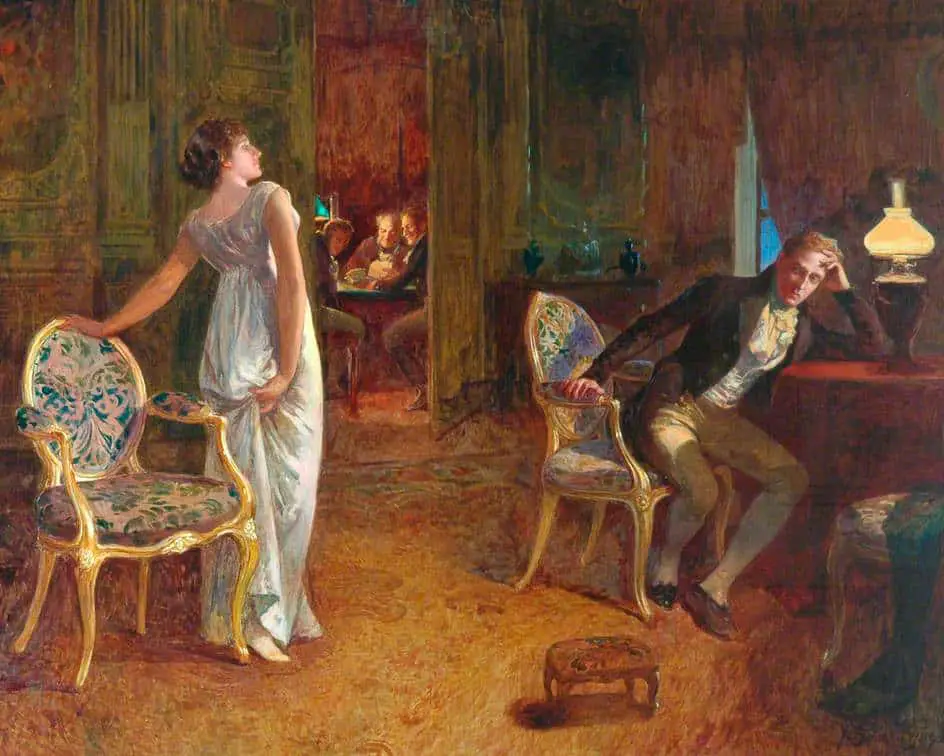
Every interesting main character in every story needs a worthy opponent. The opponent makes the main character interesting. The main character learns through their opponent. The opponent attacks the main character’s great shortcoming. The main character deals with their own great shortcoming and grows as a result.
-
The Story About Ping Picture Book Study Analysis
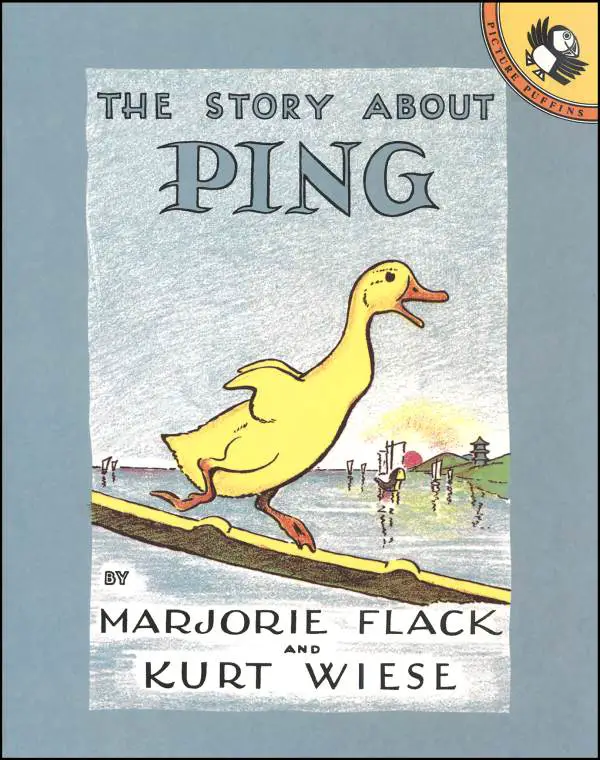
Despite the Chinese setting, the author of The Story About Ping (1933) is American, born on Long Island, in fact. I’m reminded of the work of Margaret Wise Brown in that both Wise Brown and Marjorie Flack had the uncanny knack of including the most unlikely details, which they somehow knew would appeal to young children. […]